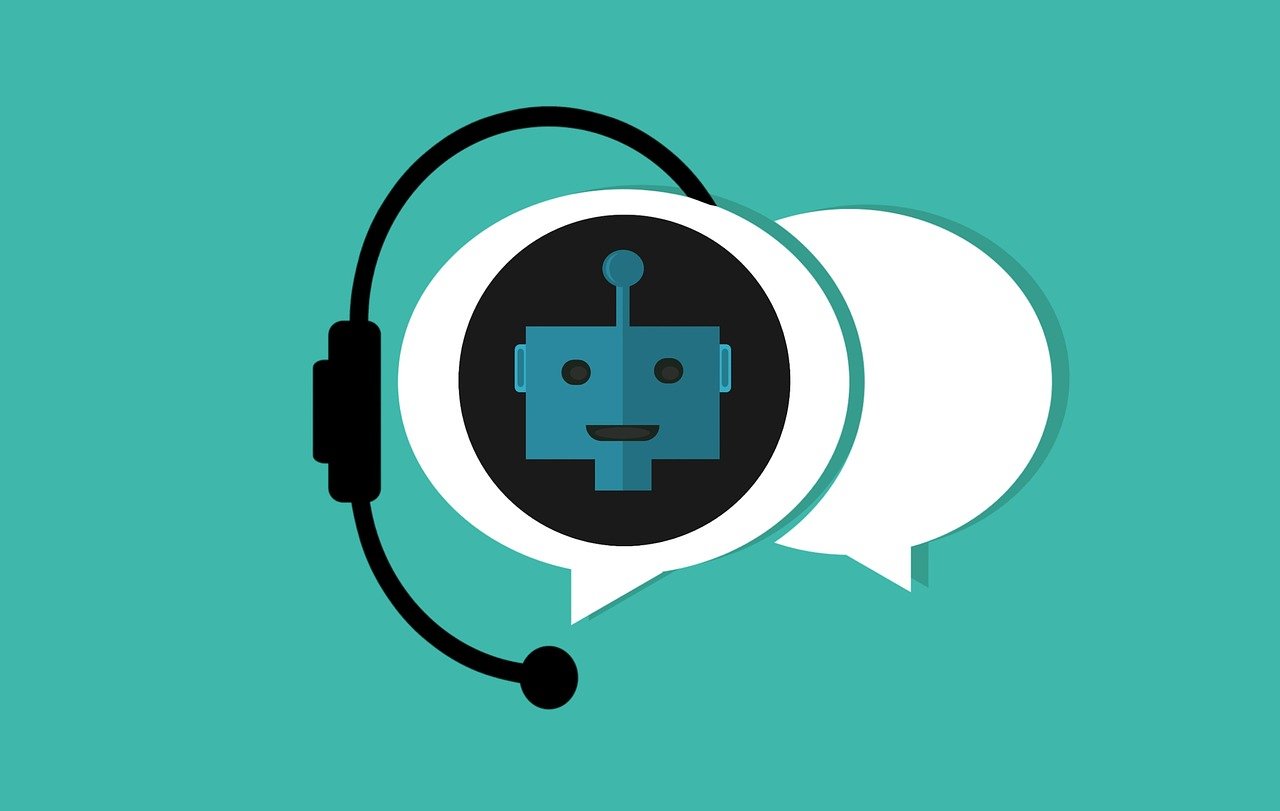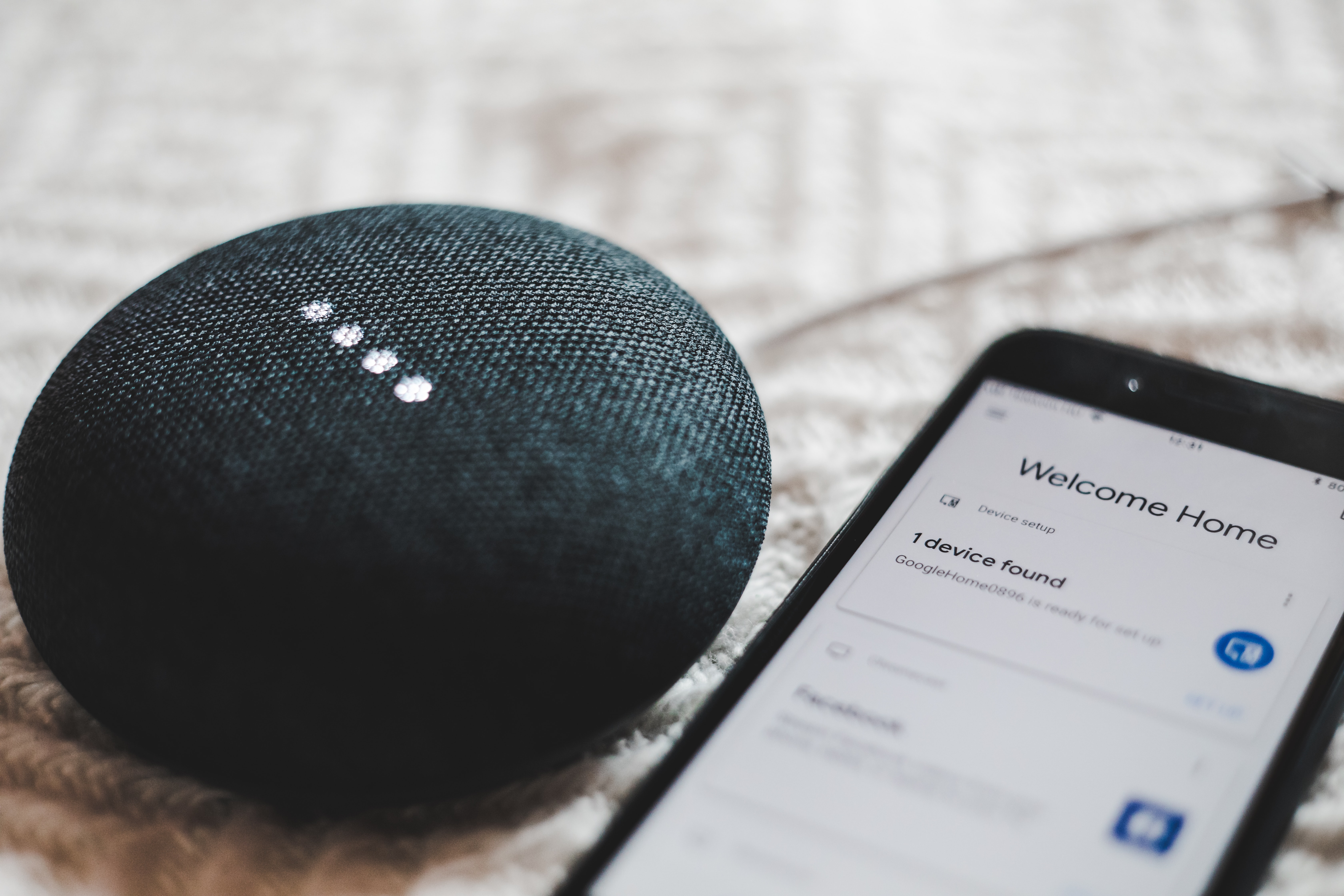Talking artificial intelligence – how chatbots can help businesses
Customer service, personalised advice and support for Human Resources departments are tasks that are already being done by chatbots and voice assistants. Thanks to technologies like natural language processing, startups in the BBVA ecosystem are offering tools for companies to get on board.
They greet you equally courteously 24 hours a day, provide you with information immediately and simulate real chats with humans either in writing or by speaking out loud. Chatbots, conversational interfaces built into websites and instant messaging apps such as Facebook Messenger and WhatsApp, and assistants like Alexa and Siri, are increasingly popular in the world of business.
A Gartner analysis predicts that by 2022, emerging technologies like chatbots will be present in 70% of companies’ interactions with their customers. At the same time, a recent study by Juniper Research reveals that chatbots will facilitate consumer spending in the retail sector to the tune of $142 billion (around €120 billion) by 2024.

Where BBVA is concerned, customers can already make 100 different requests to Blue, the new virtual voice assistant integrated into the bank’s app. In addition, several Spanish startups in the BBVA ecosystem are helping companies to incorporate this tech into their businesses to communicate with customers and streamline their processes.
Bot, explain how you work
“Hi! My name is Imbot and I’m here to help you at this difficult time”. This is how Imbee’s virtual assistant introduces itself. This startup offers a simple platform to build chatbots, customise their dialogue and integrate them into different channels. In this way, companies can “develop their bot’s interaction flows without needing to write a single line of code”, explains Ignasi Casanovas, CEO of Imbee.
Rather than having a natural conversation with users, these chatbots offer them a menu with interactive elements – depending on the option they choose, users are guided along one route or another to, for example, complete the process of signing up to a financial product.

If you want customers to be able to ask spontaneous questions, you can include natural language processing (NLP), a branch of artificial intelligence that analyses human language, thanks to tools like IBM Watson and Google Dialogflow. “I believe the perfect chatbot is a hybrid between an NLP that interprets the user’s intentions, guided flows to carry out processes, and the intervention of human agents”, says Casanovas.
Other startups prioritise interactions in natural language. This is the case with Sentimer, a finalist of BBVA Open Talent in 2017, which develops “conversational artificial intelligence” using its own technology for large financial, insurance and energy firms, areas where “customers don’t tend to be experts” and chatbots can “provide recommendations”, according to its CEO José Gómez.
Thanks to NLP and machine learning, the assistants created using their platform adapt to different use cases (customer acquisition, user support, cross-selling) and determine the caller profile to personalise the conversation. In addition, interactions are monitored in real time to make them more efficient.

For their part, the startup Bitext has focused on a specific task in this sector – getting systems like chatbots to better understand what the user is asking, regardless of how they phrase the question. According to the VP of Partnerships & Global Business Development at Bitext, David Fernández, “many users are of the opinion that chatbots don’t work, but that’s not because the technology isn’t good enough, it’s because they’ve not been well trained”.
To solve this challenge, they offer language-based training models that allow these systems to understand what a user is saying in 90% of cases. According to Fernández, “We generated thousands of variants of the same sentence, choose the most relevant ones and with that model we train the chatbot”. Giants like IBM, Amazon and Salesforce are already using Bitext’s language solutions, which are available in 80 languages.
From advising customers to helping employees
“We’re all used to communicating via chats, because we use WhatsApp for everything”, stresses Casanovas. For this reason, he believes that these systems create a user-friendly bi-directional communication environment that makes it possible to streamline “all the management-level processes that imply costs for a company”. Chatbots primarily collaborate in two arenas:
· Customer relationships. A Capgemini study carried out last year revealed that 71% of retail banking and insurance executives and 77% of the retail sector have reduced their spend on customer services by more than 20% thanks to chat assistants.
For instance, some startups in the BBVA ecosystem use chatbots to communicate with users – the investment platform MiCappital employs them to interact with customers, and Invisible Collector to contact debtors and optimise the collection of missed payments.
Gómez argues that they also have big potential for sales and marketing departments. By understanding users’ wishes, they can give advice on which product best suits their needs. Becoming familiar with those needs using the information that chatbots gather is helping companies to improve their offering too.
They can also interact with employees to make their day-to-day work more efficient. Fernández indicates that some Human Resources departments in large companies already use them as “an employee support tool” to answer simple questions, such as how many days holiday a person has left.

Strategy for ‘hiring’ an assistant
If a business is considering implementing a virtual assistant, what should they take into consideration?
- Outline the use case. “The most successful strategy is to identify needs, to carry out specific projects that allow us to understand how this technology can help”, advises Gómez. After this first stage, you can then study how to use such systems in other use cases.
- From text to voice. Fernández recommends first creating a chatbot “that understands the user in written language” and then integrating it into a model that converts text to voice. This channel is becoming more commonplace – as well as smartphone virtual assistants, smart speakers like Google Home and Amazon Echo are increasingly popular. According to IDC, the market for these speakers will grow 11% a year until 2024.
- Continuous improvement. As users interact with them, companies have more and more information to use for retraining. “These are not something static, rather they are alive, evolving continually because customers and products change”, Gómez points out.
- Use it as a support tool. MIT Sloan Management Review highlights collaboration as the key, with chatbots able to save professionals time so that they can focus on more complex tasks.
The entrepreneurs at Imbee, Sentimer and Bitext have noticed that the coronavirus crisis is accelerating the take-up of these systems. “Because of COVID-19, there has been an explosion in companies in the retail sector that are driving forward their e-commerce”, indicates Fernández.
As the number of on line consumers has taken off, companies can innovate by offering a chatbot to communicate with them. In the WhatsApp and Siri era, the number of automatic assistants asking that typical customer service question of “how can I help you?” will continue to increase.



